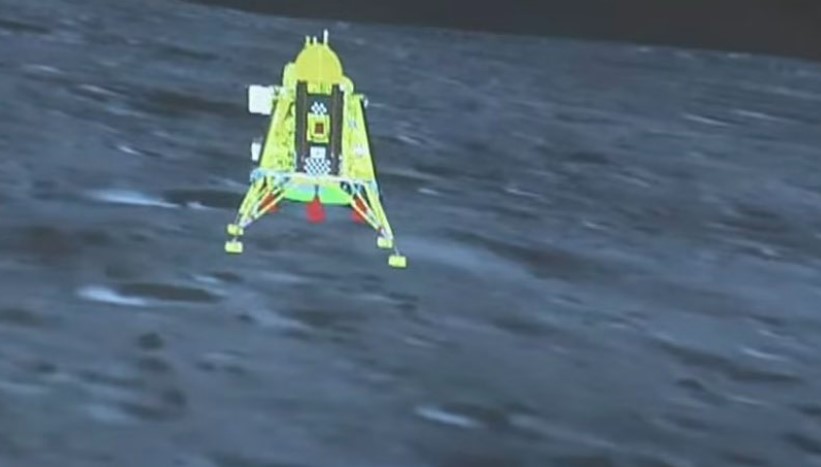India has landed its Chandrayaan-3 spacecraft on the moon, making it the fourth country to achieve such a feat.
The project might solidify India's position as a global space giant. Only the former Soviet Union, China, and the United States have succeeded in gentle landings on the moon.
Additionally, Chandrayaan-3 will land on the moon closer to its south pole than any previous mission in history.
Chandrayaan-3's Vikram Lander successfully separates from spacecraft 🚀pic.twitter.com/e8zz14jnHX
— RVCJ Media (@RVCJ_FB) August 17, 2023Did you read this?
Scientists believe the South Pole region contains water ice deposits, making it a major area of strategic and scientific significance for spacefaring countries.
The water, frozen in gloomy craters, might be used to make drinking water or rocket fuel for upcoming crewed expeditions.
While attending the BRICS Summit in South Africa, Indian Prime Minister Narendra Modi observed the landing online and offered broadcasted remarks on the live stream.
“On this joyous occasion…I would like to address all the people of the world. India’s successful moon mission is not just India’s alone. This is a year in which the world is witnessing India’s G20 presidency. Our approach of one Earth, one family, one future is resonating across the globe.”
“This human-centric approach that we present and we represent has been welcome universally. Our moon mission is also based on the same human-centric approach,” Modi added.
“Therefore, this success belongs to all of humanity, and it will help moon missions by other countries in the future.”
Only a few days have passed since another country failed to land its spacecraft near the lunar south pole.
Russia's first lunar landing attempt in 47 years was aborted on August 19 when the Luna 25 spacecraft collided with the moon after experiencing engine trouble.









